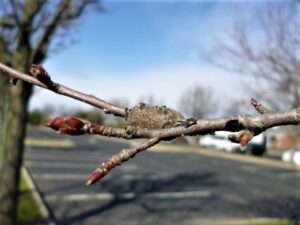Although this training opportunity is New York-based, it will have information that covers topics related to all employers who hire seasonal employees.
Attend a 1.5-hour, on-line program Best Practices for Onboarding Seasonal Workers. Learn the key things you should have in place to be ready to welcome a group of seasonal workers. This program will follow an onboarding guide, Onboarding Seasonal Farm Employees, that was developed by Liz Higgins, CCE Eastern NY Commercial Hort Team, Mark Wiltberger, CCE Lake Ontario Fruit Program, and Richard Stup, CCE Ag Workforce Development. The onboarding guide covers:
-required paperwork and documentation for a new hire, including seasonal, migrant workers
-required trainings (with an emphasis on fruit and vegetable farms) and guides for developing a training plan
-tips for bringing on new employees and having them productive from day 1, especially when you are up to your eyeballs in work!
-tips for creating a welcoming environment where employees feel connected to their workplace and competent on the job.
When you register chose one of four dates:
January 26 | 3:00 PM to 4:30 PM
January 27 | 6:30 PM to 8:00 PM
January 28 | 8:00 AM to 9:30 AM
To register see information in the Morning Ag Clips at https://www.morningagclips.com/onboarding-seasonal-farm-employees/




